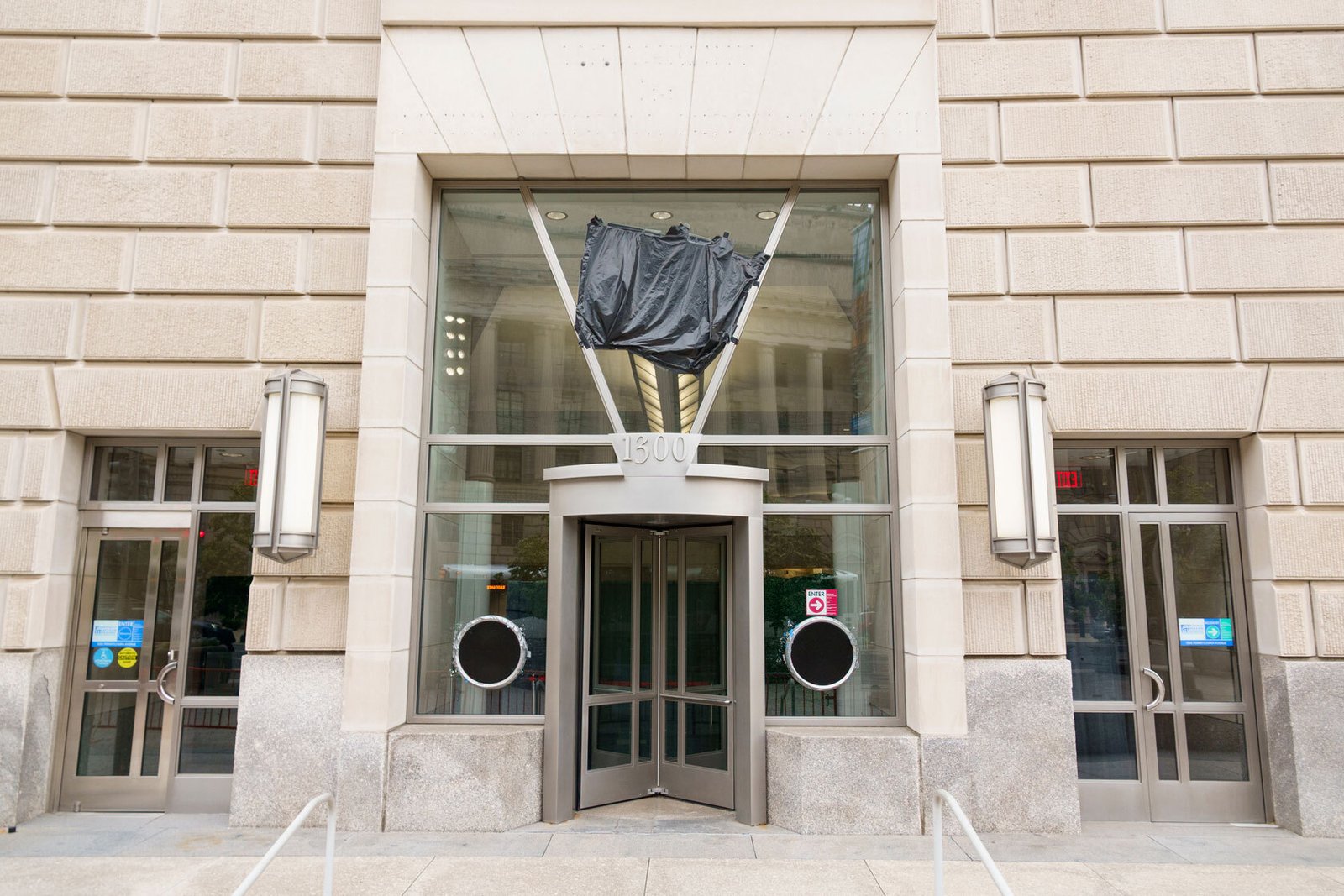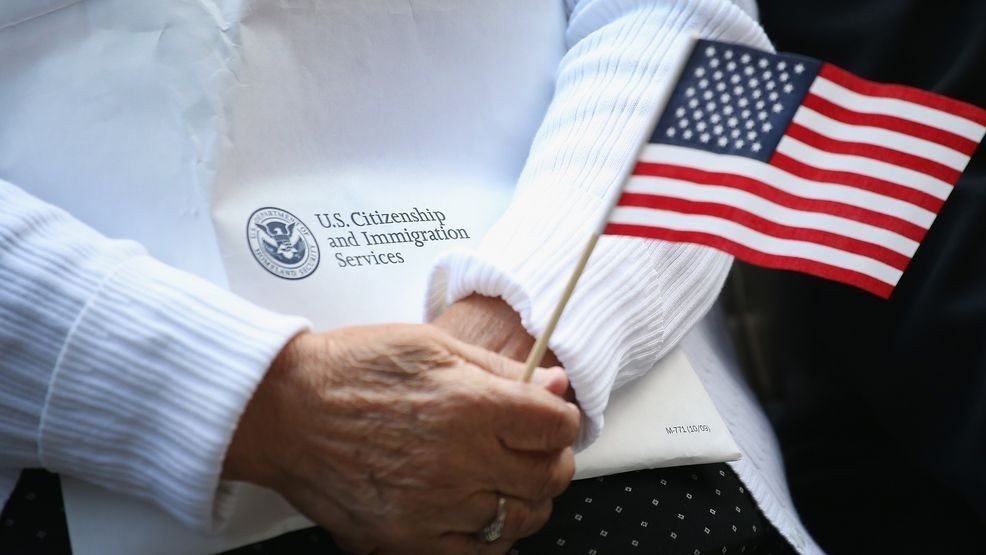Visa sponsorship is changing. AI and automation now play a big role in how applications are processed. Many countries are using AI to speed up approvals, detect fraud, and reduce human errors. These changes affect job seekers, employers, and immigration officials.
If you plan to work abroad, understanding how AI impacts visa sponsorship is important. This guide explains how AI and automation are shaping visa sponsorship requirements, what’s changing, and what to expect in the future.
Recommended article:
countries-that-deny-visas-to-young-single-travelers
AI is making visa applications faster and more efficient. Many governments now use machine learning to process large numbers of applications quickly. AI scans documents, checks applicant histories, and flags possible fraud.
Faster approvals – AI reduces delays by automating repetitive tasks.
Better fraud detection – AI scans for fake documents and unusual patterns.
Improved decision-making – AI systems analyze data and suggest approvals or rejections.
Reduced human bias – AI follows strict rules, avoiding some human mistakes.
Many countries now rely on AI to review visa applications. The US, UK, Canada, and Australia have started using AI-powered immigration systems. These systems analyze applications faster than humans and provide results in days instead of months.
AI is transforming how visa sponsorship works. It affects who gets approved, how fast applications are processed, and what employers need to do.
1. Faster Decision-Making
AI systems process visa applications much faster than human officers. Instead of waiting months, applicants now get results in weeks or even days. AI checks documents, verifies employment details, and compares data instantly.
2. Stricter Fraud Detection
Visa fraud is a major issue. AI helps prevent it by scanning documents and databases for fake information. AI can detect:
Forged passports or visas.
Fake job offers from non-existent companies.
False bank statements used to meet financial requirements.
By reducing fraud, AI makes visa sponsorship more secure and trustworthy.
3. Automated Eligibility Checks
AI can predict whether an applicant qualifies for a visa before they apply. Many immigration websites now have AI chatbots that:
Ask questions about work experience, education, and financial status.
Compare the applicant’s profile to visa requirements.
Suggest whether the applicant is likely to get approved.
This helps applicants avoid unnecessary rejections. It also saves time for immigration officers.
4. Algorithm-Based Approvals and Rejections
Some countries now use AI to make visa decisions with little or no human input. The UK, for example, has tested an AI system to process visa applications. The AI sorts applications into three categories:
Low risk – Fast approvals.
Medium risk – Reviewed by human officers.
High risk – Likely rejections.
While this speeds up processing, it also raises concerns. AI can make mistakes, especially if the system has biases. Some applicants may be rejected unfairly if AI misinterprets their data.
AI doesn’t only affect visa applicants. Employers who sponsor foreign workers must also adjust to these changes.
1. AI in Recruitment and Sponsorship
Many companies now use AI to:
Screen job applicants.
Check if candidates meet visa sponsorship requirements.
Automate document submission for visa applications.
This makes hiring foreign workers easier. However, it also means companies must be careful. If AI rejects qualified candidates due to errors, businesses may lose skilled workers.
2. Lower Costs and Faster Processing for Employers
Employers often spend a lot of money on visa sponsorship. AI reduces costs by making the process faster and more efficient. Automated systems handle paperwork, track application progress, and communicate with immigration officials.
For example, the US H-1B visa system now uses AI to select applicants in a lottery system. This speeds up selection and reduces paperwork for employers.
3. Stricter Compliance Requirements
AI also ensures employers follow all visa sponsorship rules. Immigration systems now use AI to:
Verify company information before approving sponsorship.
Monitor if employers follow work visa conditions.
Track employees to ensure they work only for the sponsoring company.
Employers must be more careful with compliance to avoid penalties.
AI is making visa sponsorship easier in many ways. But it also comes with challenges.
Pros
Faster approvals – Reduces waiting times for applicants.
Better fraud detection – Prevents fake applications.
Lower costs – Saves money for governments and employers.
More accuracy – Reduces human errors.
Cons
Algorithm bias – AI can make unfair decisions if not programmed well.
Less human discretion – Some applications need human review.
Data privacy concerns – AI systems collect large amounts of personal data.
System errors – Mistakes in AI programming can cause incorrect rejections.
AI and automation will continue to change visa sponsorship in the coming years.
1. Fully Automated Visa Processing
In the future, AI may handle entire visa applications without human involvement. Some countries are already testing automated visa approvals.
2. Blockchain for Visa Verification
Blockchain technology may be used to store visa records securely. This would reduce fraud and make it easier for travelers to prove their visa status.
3. AI-Powered Smart Borders
AI is also being used at borders to check visas automatically. Some airports now use facial recognition instead of passport stamps. This technology will likely expand.
4. AI-Driven Work Visa Systems
More countries will introduce AI-based work visa systems that automatically:
Check job market demand.
Match applicants with employers.
Approve work visas without human involvement.
Recommended article: internship-visa-shortcut-to-work-visa
AI and automation are reshaping visa sponsorship requirements. They make visa processing faster, reduce fraud, and help employers hire foreign workers more easily. However, AI-based visa decisions also come with risks like bias and system errors.
As AI continues to evolve, visa applicants and employers must stay informed. If you’re planning to apply for a visa, check how AI is being used in the country you’re applying to. Stay updated on policy changes and always verify your information before applying.
Would you like to know more about AI in immigration? Drop your questions in the comments!
How does it work?
There are no comments for this story
Be the first to respond and start the conversation.
More stories from
Benjamin Anyamele and writers in Education and other communities.
Traveling to Europe for a year without a visa may seem impossible, but there are legal ways to do it. Many travelers assume they need a long-term visa, but with careful planning, you can stay in Europe legally for up to a year. This guide explains how to use visa-free travel rules, non-Schengen countries, and long-stay permits to extend your stay.
By
4 months ago in
Education
For passionate skiers, winter is the perfect time to embrace the slopes, but what if you could challenge yourself to ski every day for 90 days? Known as the "90 Days of Powder," this challenge is the ultimate test for ski enthusiasts who want to take their skills and passion to the next level. Whether you're an experienced skier or a beginner, committing to skiing every day for 90 days offers unique physical, mental, and social benefits. In this article, we’ll explore why the "90 Days of Powder" challenge is so impactful and how it transforms your winter experience.
By Rick Torrey7 days ago in Education
For years, I followed what everyone calls the “safe path”: school, college, find a job, work 9 to 5, save for the future, and repeat every day until retirement. At first, it felt fine. I had a steady paycheck, a daily routine, and a sense of security — at least, that’s what I told myself.
By Express Lane3 days ago in Education
Written and directed by Brian Grant, the video poltergeists around in the Gabriel headspace, beginning with him carrying super-secret MKUltra files into an office, before breaking down under the psychic weight of his examination. By what, exactly? He bends at the slatted boards of a wall, his hands placed in a pyramidal position, to ward out the increasing "light" of this inspection. We must be inside the Peter Gabriel subconscious, riding with him as he jumps the express train out on his trip through conscious awareness.
By Tom Baker3 days ago in Beat
© 2025
Creatd, Inc. All Rights Reserved.



